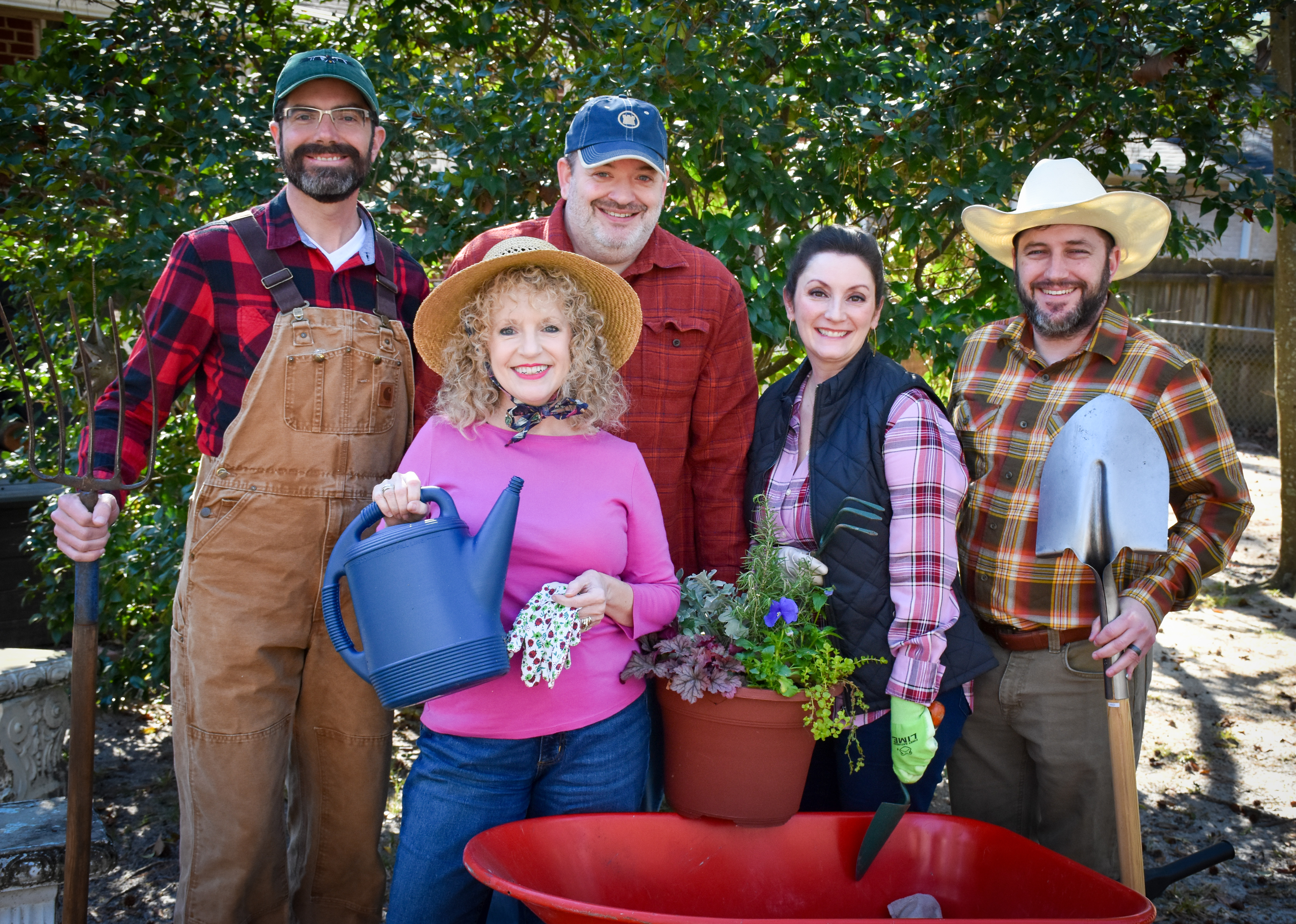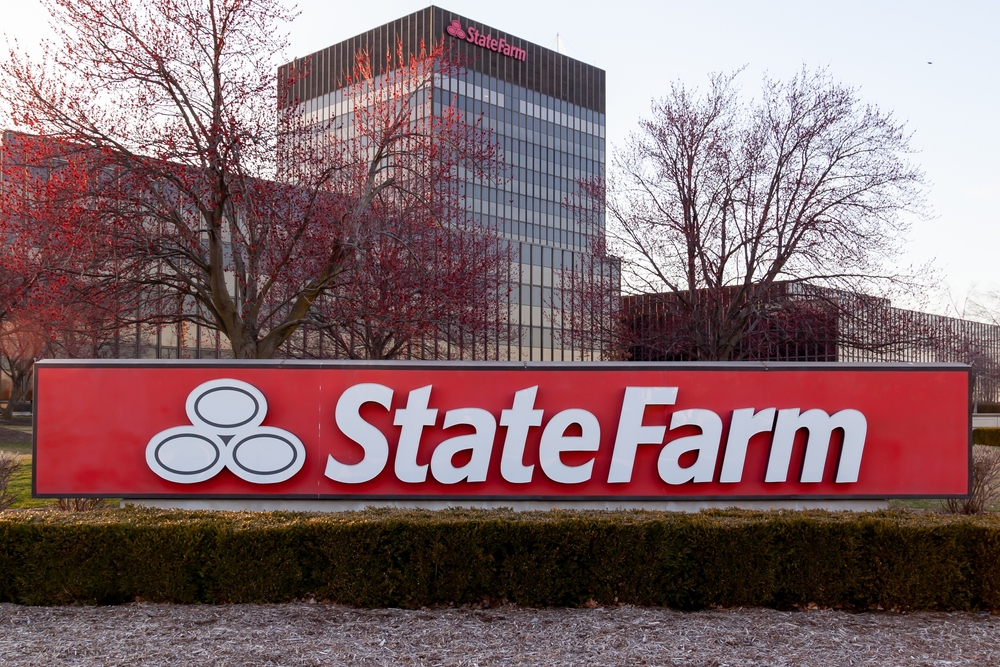
The Belle W. Baruch Foundation (Baruch) owns approximately 8,000 acres of high ground in Georgetown County. Baruch brought a declaratory judgment action* against the State of South Carolina, claiming it also holds title to 8,000 acres of adjoining marshland.
The State answered, asserting its status as the presumptive titleholder of all marshlands, and counterclaimed that the public holds a presumptive easement over the marshlands. Alternatively, the State claimed that the property had been dedicated to the public.
DeBordieu is an upscale private coastal community which shares a boundary with the disputed marshlands.
Anyone familiar with Georgetown County history knows that Belle Baruch was the daughter of Bernard Baruch, a wealthy landowner and statesman who advised President Wilson during World War I and President Roosevelt during World War II.
Baruch owned Hobcaw Barony, a former rice plantation, and surrounding real estate. President Roosevelt famously convalesced during one of his illnesses at the property. Belle Baruch inherited much of the property and donated it to the Foundation as a nature and research preserve.
Hobcaw has relationships with the University of South Carolina and Clemson University for the purposes of conservation and other research. The property is also the location for delightful Lowcountry tours and events like oyster roasts and holiday parties. I learned on one of these tours that Belle Baruch was interested in preserving the real estate, but not the buildings. The funds she left were not intended for the upkeep of the buildings. The Foundation raises money for that purpose.
I highly recommend that locals and tourists take the time to visit Hobcaw. It’s a beautiful property that reminds me of George Washington’s Mount Vernon. If funds had been left to preserve the buildings, Hobcaw would likely be as impressive as Mount Vernon.
According to the lawsuit, DeBordieu’s members have a history of using the marshland for shellfish harvesting, crabbing, wade fishing and similar recreational activities. In the early 1970’s, DeBordieu created a system of creeks and canals allowing its members access to the marshland and to the Atlantic Ocean. DeBordieu has periodically dredged its canals to maintain its access to the marshland.
DeBordieu sought intervention as a matter of right or, alternatively, permissive intervention. The circuit court denied intervention under both theories.
The Court of Appeals reversed, stating that precedent and Rule 24(a) of the South Carolina Rules of Civil Procedure set a liberal standard for intervention. Although the State and DeBordieu similarly claim that if Baruch owns the disputed property, the marshlands are encumbered by the States and/or DeBordieu’s easements, it is not accurate to classify those easement claims as the same interest in the property.
The State’s and DeBordieu’s claims are independent of each other and require different proof, according to the Court.
The Court also addressed the practical effect of denying the motion to intervene. A declaratory judgment must name all parties having a claim or interest in the matter and must not prejudice the rights of persons who are not parties to the proceeding. The Court concluded that a judgment valid against the State but not against others claiming an interest in the marshlands would not be an efficient use of judicial resources.
DeBordieu is allowed to intervene, and the litigation will proceed. We will keep you posted.
*The Belle W. Baruch Foundation v. The State of South Carolina, South Carolina Court of Appeals Opinion 6043 (January 17, 2024.)




